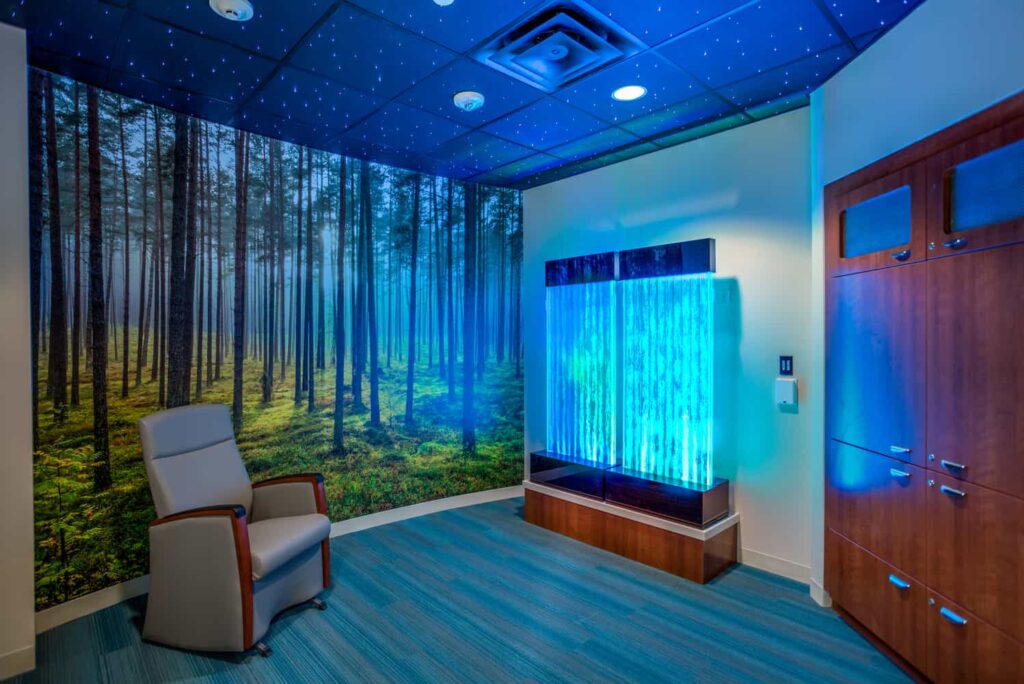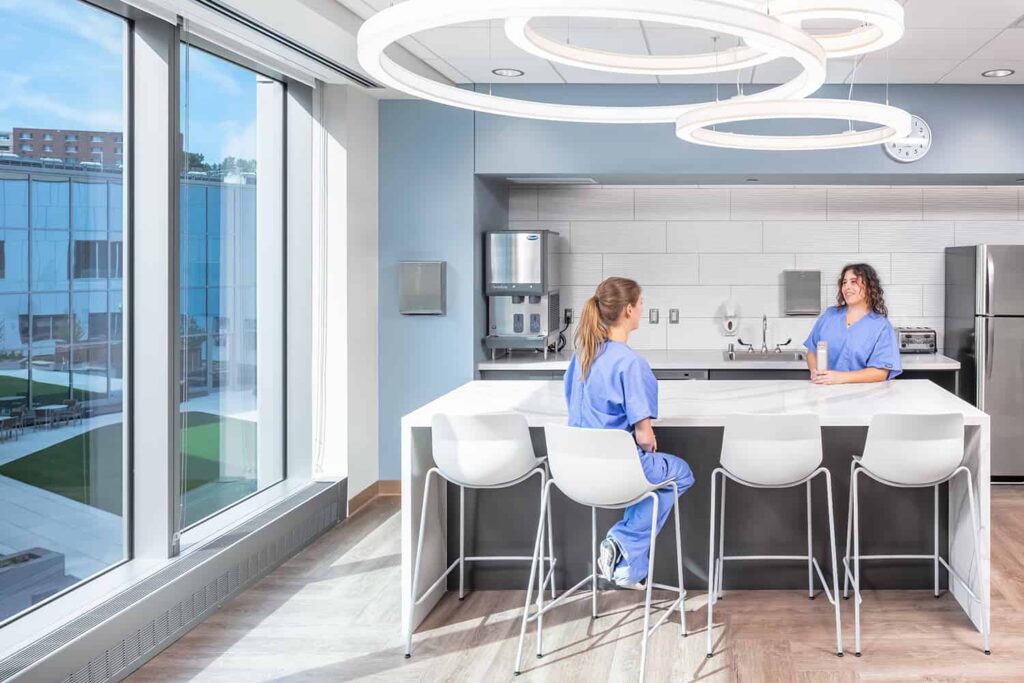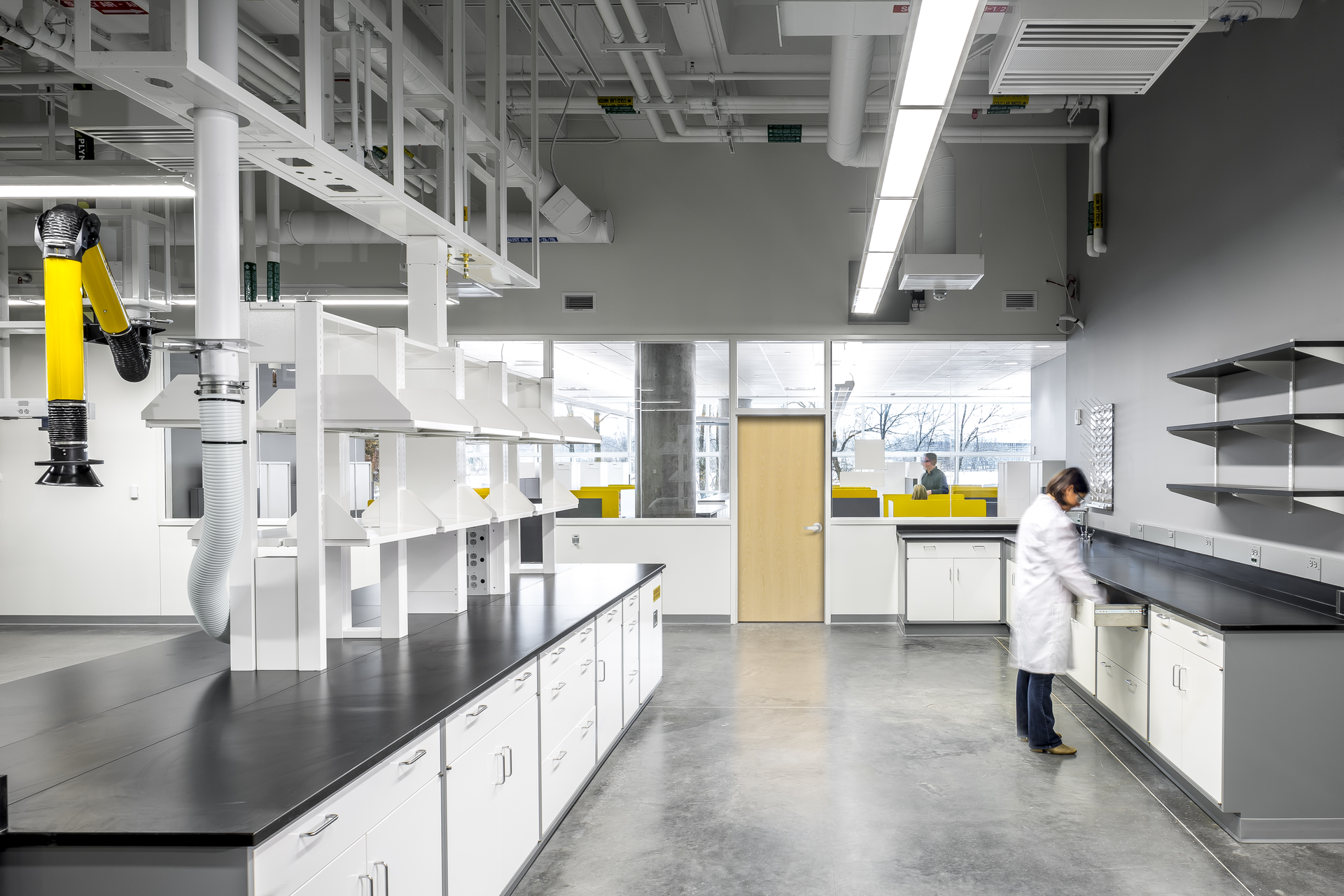Before COVID-19 spread, the issues surrounding mental health and resiliency for healthcare staff were widely discussed. Rates of nurses feeling burned out or unengaged reached nearly 50 percent in some studies, while physicians have some of the highest suicide rates of any profession with between 300 and 400 annually.
Then the pandemic hit, stressing an already fragile health network and pushing care staff to the point of mental and physical exhaustion. A Medscape report on nursing during the pandemic found nearly 20% of nurses feeling burned out, about a fourfold increase in some nursing specialties. Another Medscape study found close to 45% of physicians feeling burned out.
“COVID isn’t making this a new issue, it’s just really brought to our attention that it’s time to start thinking more broadly and, really, more about the overall human experience in healthcare, prioritizing those unique experiences not only for patients but for families, for visitors and for the staff, those that are providing the care,” said Danielle Ostertag, a senior interior designer at BWBR who works in healthcare. “We’re already designing elements into patient spaces that contribute to healing, but it’s time to translate those to staff spaces, as well.”
Ostertag addressed the issue of staff resiliency in the latest episode of Side of Design. Joining her in the discussion was Devan Swiontkowski, Assoc. AIA, EDAC, a medical planner who studied the architecture of health and wellness during graduate school.
Arguing for a greater focus on serving the health and wellness needs of staff to increase their physical and mental resiliency, Swiontkowski said a slight shift in thinking, especially to advocate for the staff who, themselves, advocate for others, could make an impact on how the environment serves their needs as well as patients.
“It’s just thinking harder about what exactly [care staff] job entails, not only from a physical standpoint and trying to make it as efficient as possible, but, really, the emotional taxing part that happens to them on a day-to-day basis.”
Danielle Ostertag, senior interior designer
“When you’re meeting with these staff that are boots-on-the-ground, they’re so dedicated to their job and helping people that they, themselves, won’t advocate for these spaces. They’re like, ‘If you can just make the bathroom really nice, or the stairway have a window, I’ll be happy,’” she said. “I think that shift to [resilient thinking], they also need a place to be human, because they’re really entrenched in some pretty terrible things sometimes, and they just need to reset and focus on themselves for a second.”
“Happy staff means happy patients,” Ostertag said. “And you can just imagine, when we all go into work every day, you’ve got good and bad days. Multiply that by people who are dealing with human lives, these people are caring for people that are in desperate need. So it’s really just thinking harder about what exactly their job entails, not only from a physical standpoint and trying to make it as efficient as possible, but, really, the emotional taxing part that happens to them on a day-to-day basis.”
In shifting the focus to accommodate staff emotional wellbeing and support, Ostertag highlighted the WELL Building Standards that can provide a blueprint to wellbeing strategies. In addition, lean design processes open the door for care staff to participate in the discussions about how the space can support their needs.

“In the lean processes, what they do really well is engaging those staff members that are doing the day-to-day work in how their space is getting built,” Swiontkowski said. “I think we’re at that point where we can take that one step further and, you know, include those staff spaces, especially where it’s the best location for those staff spaces. We can figure out where’s the best place for you to take your breaks, you can take that break, but get right back to what you want to be doing or need to be doing and be most efficient with that break time that you have.“
“WELL really starts to accommodate mind, body, and spiritual health, like how can the design of a space really foster all of those different parts of being human,” Ostertag said. “A lot of those healing elements that we look at in patient care and patient spaces, [WELL] talks about clean air, access to water, bottle fillers, things like that. In our experience, the staff are grateful for the things that they’re given, but we can be giving them so much more in a not overly difficult way.”
The two healthcare designers said many of the strategies come down to providing control for people who may be caught in what feels like an uncontrollable situation. Designing in strategies to control lighting or sound or ways to make a space more personal are simple ways to helping staff regain control. Such strategies in areas where staff are already taking breaks don’t have to add square feet to a building program.
“The sensory rooms that we’ve designed for behavioral health units can apply to anybody…because we’re all faced with really emotional challenges throughout our day. It’s okay to take those mental breaks.”
Devan Swiontkowski, EDAC, medical planner
Other strategies could include small areas for staff to access telehealth services for counseling or to telephone family or friends during long and stressful shifts. When the program allows, sensory rooms proven effective for patients in mental health environments could also provide an area for staff to find respite and recharge.
“The sensory rooms that we’ve designed for behavioral health units can apply to anybody,” Swiontkowski said. “We all have moments where we just need to block ourselves off from everything that is going on. So, choosing a serene graphic that we put on the wall, and lights that can change colors and help your mood, and a sound machine. Everybody would find those things calming and relaxing, and they should be available to anybody in a workplace, because we’re all faced with really emotional challenges throughout our day. It’s okay to take those mental breaks.”
“It’s just thinking harder about what exactly their job entails, not only from a physical standpoint and trying to make it as efficient as possible, but, really, the emotional taxing part that happens to them on a day-to-day basis,” Ostertag said.
As COVID-19 has challenged the best of organizations and their staff, it’s also created opportunities to rethink how the spaces support the myriad of emotions staff experience throughout their shift, experiences that go beyond the pandemic.
“I don’t think we do a good job of designing for grief, especially in hospitals. I think we are starting to think about that, especially in those departments where it seems like it should be happy but bad moments can happen. Since we know we can’t have the happy room and the sad room, we need a room to function as everything, with those simple aspects of the lighting and the sound and the kind of separation from space, if need be,” Swiontkowski said.
“It goes back to maybe to just asking the questions of staff, from their perspective, what types of spaces they need,” Ostertag added. “Some people like to grieve through connecting with others and talking about it and being around other people. Others, you know, would prefer to be on their own and just have a small room that they can go cry their eyes out, and then come back when they’re okay.”
“COVID has really made us think about the human side of care more than ever, and just really thinking about how it’s impacting everyone so differently,” she said. “This has brought out feelings that maybe some of us have never felt before. And it’s this huge, huge growth opportunity just to take that new spin on things and just kind of take a step back and remember why we’re doing this and what impact healthcare design truly can have.”








